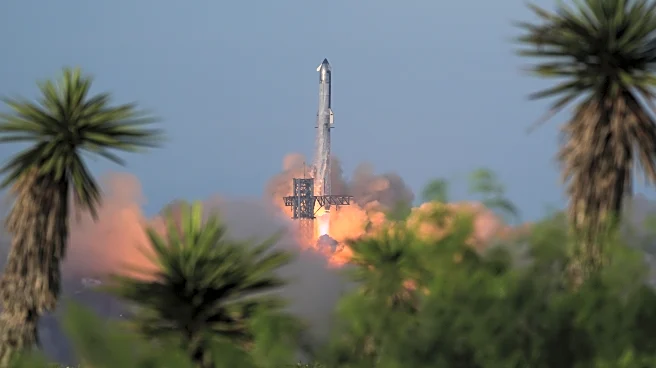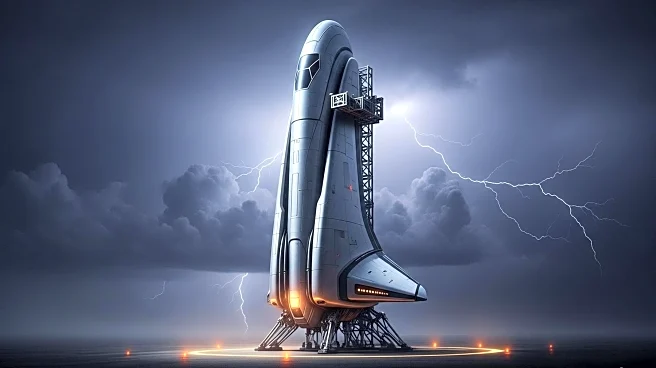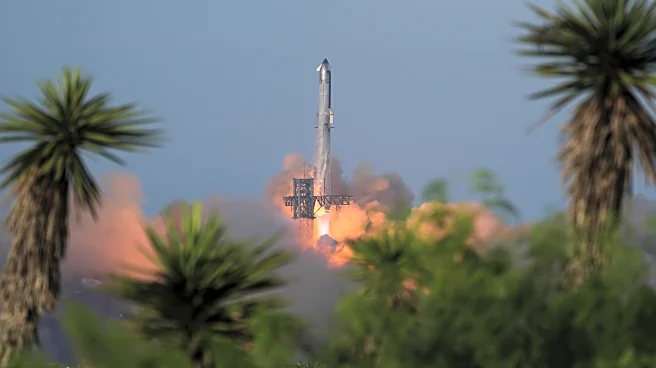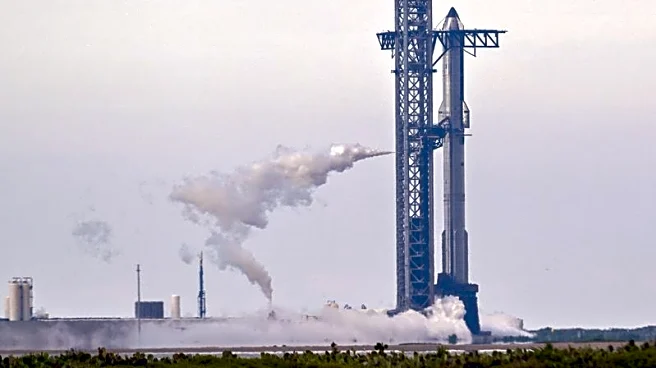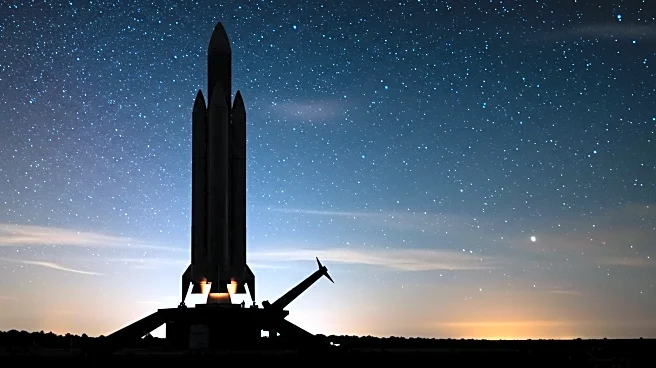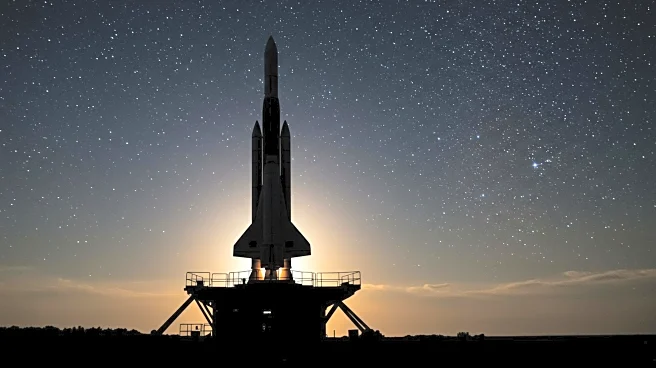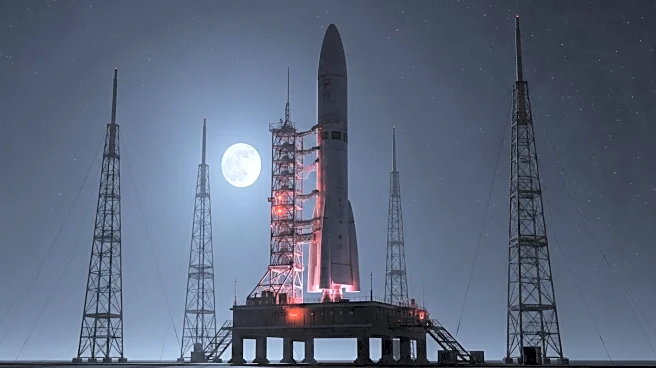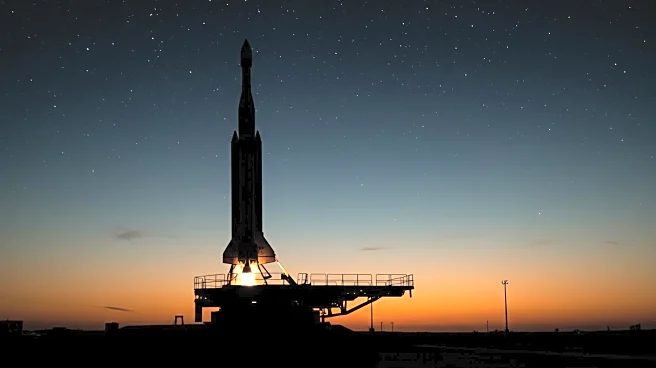By Joey Roulette
WASHINGTON (Reuters) -SpaceX's Starship rocket on Tuesday deployed its first batch of mock Starlink satellites in space and tested new heat shield tiles on its plunge through Earth's atmosphere, clinching development milestones that had been held up by a streak of previous testing setbacks.
The giant 403-foot-tall (123 m) Starship system in its tenth test flight lifted off around 7:30 p.m. EDT (2330 GMT) from SpaceX's Starbase facilities in south Texas, followed by its towering Super
Heavy booster releasing the Starship upper stage into space three minutes later, dozens of miles above ground.
Some 30 minutes into the flight, Starship's "Pez"-like satellite deployment system dispensed into space eight dummy Starlink satellites for the first time, a key demonstration for a rocket that represents the future of SpaceX's dominant launch business.
Starship's blazing-hot supersonic reentry through Earth's atmosphere over the Indian Ocean roughly an hour into the mission put a variety of hexagonal heat shield tiles to the test as billionaire Elon Musk's space company tries to create an exterior shield that requires little to no refurbishment after each use.
Spacecraft that return to Earth have historically required new heat shields or repairs after each mission given the destructive and brutal erosion that occurs from high-speed atmospheric friction.
The mission concluded with an engine-guided landing on the ocean's surface west of Australia.
The 171-foot-tall Starship toppled over before exploding into a giant fireball, an expected demise likely triggered by its flight termination system.
The test flight showed long-sought progress in SpaceX's test-to-failure development campaign after three previous failures occurred much earlier in flight and on a test stand in Texas.
The rocket's 232-foot-tall Super Heavy booster, which normally returns to land in its launch tower's giant chopstick-like catch-arms, instead targeted the Gulf of Mexico waters after lofting Starship to space. The water landing was meant to demonstrate an alternate landing engine configuration.
(Reporting by Joey Roulette; Editing by Jamie Freed and Sonali Paul)


